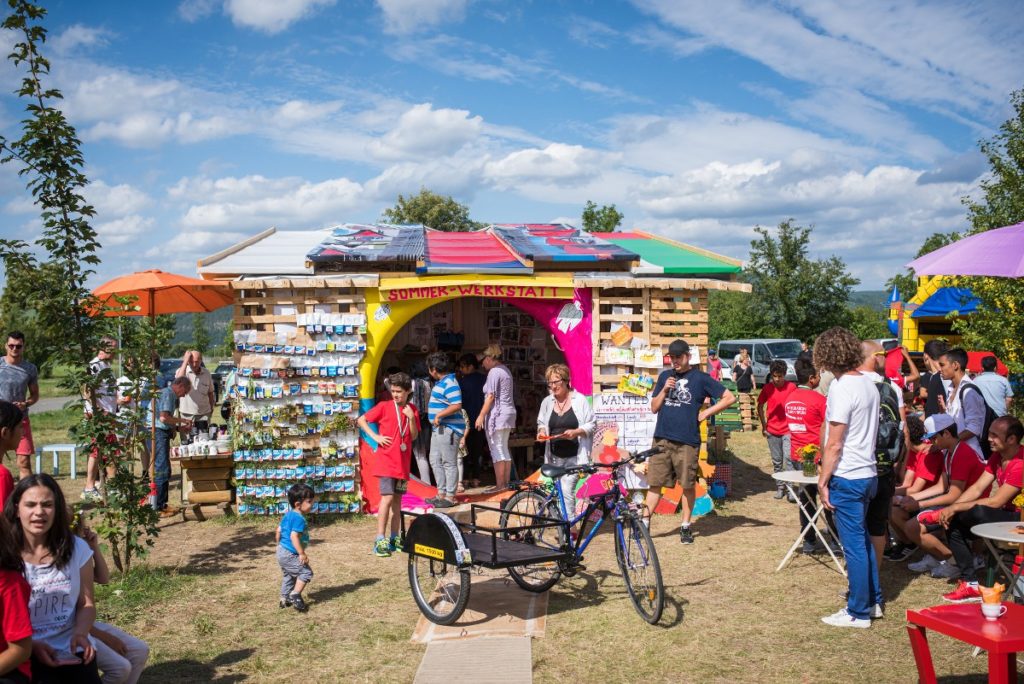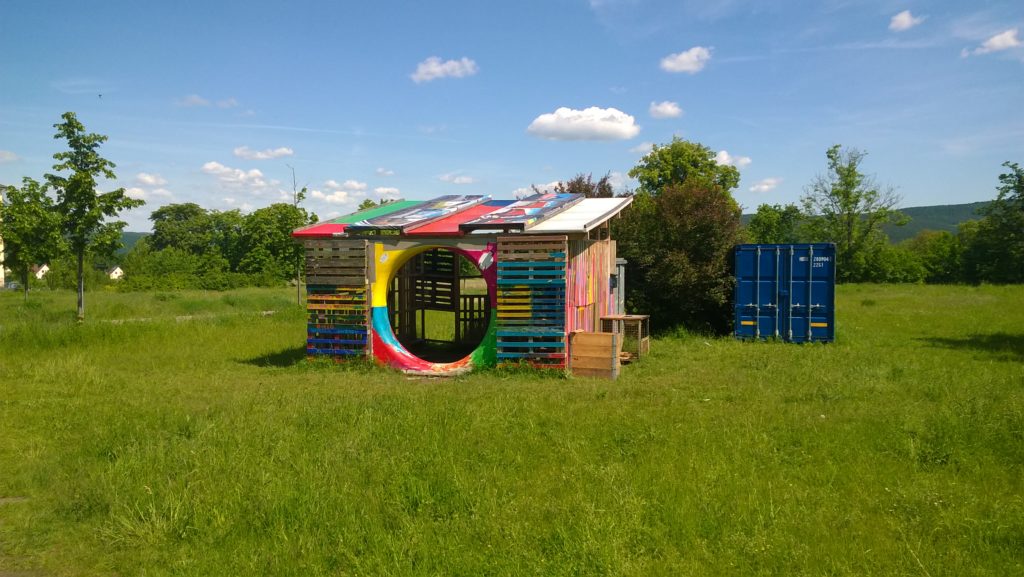‘’The city is boring and there are no offers for teens. You can not do anything in summer or you already know it inside out.’’
‘’Even the people living here do not convey a good impression among the young people (many old people who get drunks and unfriendly people)’’
‘’There are not many new things for us to do’’
‘’5/6 could not imagine staying in here (Altenburg), 1/5 remains because of the family’’
‘’ You would rather go to Leipzig or Berlin’’.
These are some of the impressions of the city seen from the eyes of its young inhabitants. Thuringia is declining, not only because of its ageing population, but due to outward migration of labor force from Thuringia to other Federal state.
Except for the city chain of Jena Weimar Erfurt, the Free State of Thuringia is shrinkingand ageing drastically, albeit at a very uneven regional level, as in most of the federal states.
Since 1989, around 500,000 people have left Thuringia. At the end of 2014, the proportion of people aged 65 years and over in the total population was 24.0 percent. By 2035, 34.4 percent of the population will be 65 or older.
In demographic terms, there is a coexistence of shrinkage and selective growth: Especially in cities in old industrial and / or peripheral regions, the population numbers are falling back very quickly.
This situation is also affecting the way young people perceive their future in the city. What kind of opportunities and possibilities can be created to help young people preparing their adulthood and supporting them to actively participate and influence the shaping of their living environment.
The Youth work is seen as a bridge to connect young people, their parents and the community, with the focus on the social space, a network perspective and comprehensive. The work of ‘’Youth work’’ has a very cross-linked and in a cooperative way. From the side of planning it is sometimes “chaos management”, flexible and demand-orientated.
Hanka Giller (translated based on our interview, April 2019) added that Youth work alone is not enough, therefore:
’’I would not let it be in the realm of youth work alone for such a long time. We started already in the 1990s to do participatory work, always in the realm of youth work – and at that time, community work was already included in youth work…I would speak aloud how the quarter is on the brink and what situation is developing there. I have learned that it is essential to make this clear on the political level. We mentioned this again and again in the context of youth work and in social work, but it was like a vicious circle.’’
What kind of ‘’Youth work’’ that has a very cross-linked in a cooperative way? What does it mean by “chaos management” in community work?
These issues will be discussed during the Conference ” Youth Work in Context of Shrinking Cities”, where we are going to talk about the research of cities in Thuringia within Erasmus+ project, academic and practical aspects of the phenomena and, of course, the role and necessity of youth work in shrinking cities!

During the three days of Conference, the event will combines elements of working at the local level as well as a social networking. Furthermore, the access to information provided will create opportunities for youth workers to interact, communicate, network, and share information and experience.
The important feature of this event is to bring closer youth workers strategies and practices related to shrinking cities and working in those settings. The project will resent them with relevant research of innovative methodology, toolkit and studies that will strengthen capacities of youth workers working in shrinking cities. Moreover, the project will target actors at the community level and youth and support their efforts inspiring examples of integration approaches throughout Europe.
Check here the facebook page for the event.


